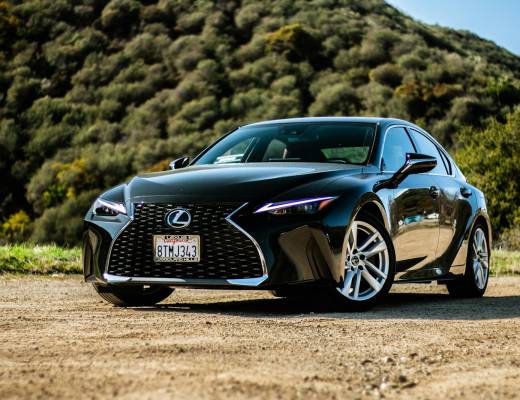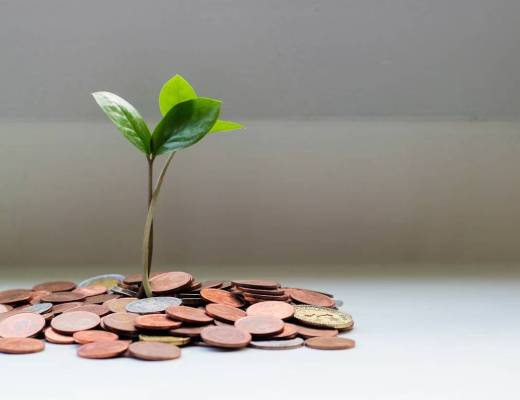Wealth often feels tied to income, investments, or a business’s performance. But financial security doesn’t grow only from spreadsheets and market bets. Daily choices about where to live, what to eat, and how to spend free time quietly shape building wealth. Smart lifestyle decisions compound over decades, shaping both the money available and the life enjoyed along the way.
Housing as a Strategic Wealth Decision
Housing sits at the center of smart lifestyle decisions. A bigger home may be one sign of success, but larger spaces mean more furniture, higher bills, and constant upkeep. Choosing a well-designed, smaller home can reduce those drains without cutting comfort.
Location matters just as much. Leaving ‘status neighborhoods’ for growing areas frees up capital while offering good schools and a community. Remote workers can cut living costs and build wealth faster by choosing flexible locations.
For example,
homes for sale VA Beach residents choose often reflect a balance of coastal lifestyle and long-term value. Good areas provide strong communities, fair prices, quality schools, and location-specific perks. Choosing property in safe places balances quality of life with smart positioning for future growth in real estate value.
The classic rent-or-buy debate also deserves a fresh look. Owning property can pay off, but taxes, upkeep, and fluctuating markets don’t make it the automatic choice. Renting during certain stages of life may leave more money available for investments that grow faster than real estate.
Health as a Financial Asset
Health quietly shapes financial outcomes. Habits like exercise, sleep, and balanced meals lower medical costs and extend active years. Good health brings more than comfort. It reduces sick days and fuels the energy needed to chase new opportunities.
Insurance companies often reward healthier and smarter lifestyle decisions with lower premiums and wellness incentives.
Staying fit can directly reduce fixed expenses in ways that most people overlook. Over time, that difference adds up significantly.
Good health also stretches the window for compounding. Staying active longer gives investments more time to grow and the benefits of compound interest more room to work. That’s why health choices should be seen as part of a wealth strategy rather than a separate concern.
Transportation and the Hidden Cost of Convenience
Owning a car may feel essential, but it’s one of the most underestimated expenses. Beyond fuel, costs include insurance, parking, depreciation, and loan interest. A car bought for status reasons often erodes savings faster than expected.
Alternatives are more practical than many realize. Biking, walking, transit, or car-sharing often cover daily needs at far less expense. In cities with good infrastructure, these options can also improve health.
Where someone lives feeds into this equation. Living close to work or transit may raise rent but save thousands in commuting costs. Over time, those savings form a foundation for building wealth and supporting broader financial goals.
Food and Consumption Patterns that Compound Over Time
Food spending has a quiet compounding effect.
Eating out and bottled drinks seem small, but they act like subscriptions that drain long-term savings. Cooking at home reduces costs and improves health, which further supports financial security.
A sturdy cast-iron pan or a solid blender costs more at first but saves money for years by replacing countless quick fixes. A single appliance can replace countless restaurant meals.
Cooking also brings cultural and social value. Cooking different cuisines adds variety and enjoyment without the cost of dining out. That shift protects your well-being while supporting financial stability.
Relationships and Social Wealth
Social circles influence spending more than most people realize. Friends who favor upscale dining, trips, or shopping often push others to overspend. Choosing communities with modest or creative values often makes it easier to live within means.
Relationships can also multiply resources. Sharing tools, exchanging childcare, or bartering skills cuts costs and builds stronger ties. A supportive network works like an invisible safety net, reducing the need for expensive services.
Family arrangements can also play a role. Multigenerational living, often dismissed in Western culture, can accelerate savings when managed thoughtfully. Shared expenses reduce the strain on each household and contribute to wealth creation.
Learning, Leisure, and Self-Development Choices
Leisure spending often drains budgets when used to escape stress. Vacations, subscriptions, and shopping sprees can mask exhaustion without addressing it. Restorative leisure, like hiking, painting, and meditation,
controls spending and prevents burnout.
Learning practical skills adds another layer. Skills like home repair, sewing, or coding reduce reliance on professionals and add income options. Each skill acquired builds both confidence and resilience, helping shape personal wealth.
Libraries, community centers, and online platforms offer enrichment with little to no cost. Continuous learning strengthens earning potential without demanding expensive degrees or programs.
Technology, Subscriptions, and Digital Lifestyle
Digital subscriptions can slip under the radar. A handful of USD$10 monthly charges for streaming, apps, or cloud storage quickly turns into hundreds yearly. Regular audits often reveal unused or duplicated services.
Owning rather than renting sometimes makes more sense. An e-reader filled with free classics can replace multiple streaming or audiobook services. Strategic tech purchases often save far more than endless subscriptions.
Attention also connects to financial outcomes. Excess screen time exposes people to constant advertising, which leads to impulse buying. Less screen time protects focus and curbs impulse buys, making building wealth more consistent and supporting long-term financial planning.
Environment and Daily Surroundings
Daily surroundings shape habits. Homes designed for efficiency encourage low-cost, healthy routines. A water filter cuts bottled drink costs, while a bike near the door encourages riding.
Simple upgrades such as LED lighting, insulation, or smart thermostats may seem minor, yet they save thousands over time. Each reduced bill contributes to long-term financial growth and strengthens a household’s retirement plan.
Minimalism also carries weight. Owning fewer but higher-quality possessions reduces storage needs, moving costs, and decision fatigue. Repairable, long-lasting items extend their value and avoid constant replacement.
Travel and Experience Planning
Travel enriches life, but costs escalate quickly when driven by extravagance over purpose.
Fun and affordable vacations focused on immersion, language, or volunteering create more value than luxury resorts.
Timing also shapes affordability. Traveling off-season can cut expenses nearly in half while avoiding crowds. A flexible schedule acts like a hidden discount.
Local exploration deserves more attention. Exploring nearby parks, museums, or neighborhoods offers enrichment at a fraction of travel costs. Those choices keep savings intact while creating memorable experiences that align with
financial freedom.
Conclusion
Wealth isn’t defined only by the size of an income or the return on an investment. The structure of daily life has equal weight. Housing, health, transportation, food, relationships, learning, technology, and travel all leave financial footprints.
Smart lifestyle decisions don’t feel like sacrifices when aligned with personal values. They shift money away from status-driven expenses toward freedom and security. Over time, those choices form the backbone of building wealth that supports stability and fulfillment, guided by both discipline and the insight of a trusted financial advisor.






